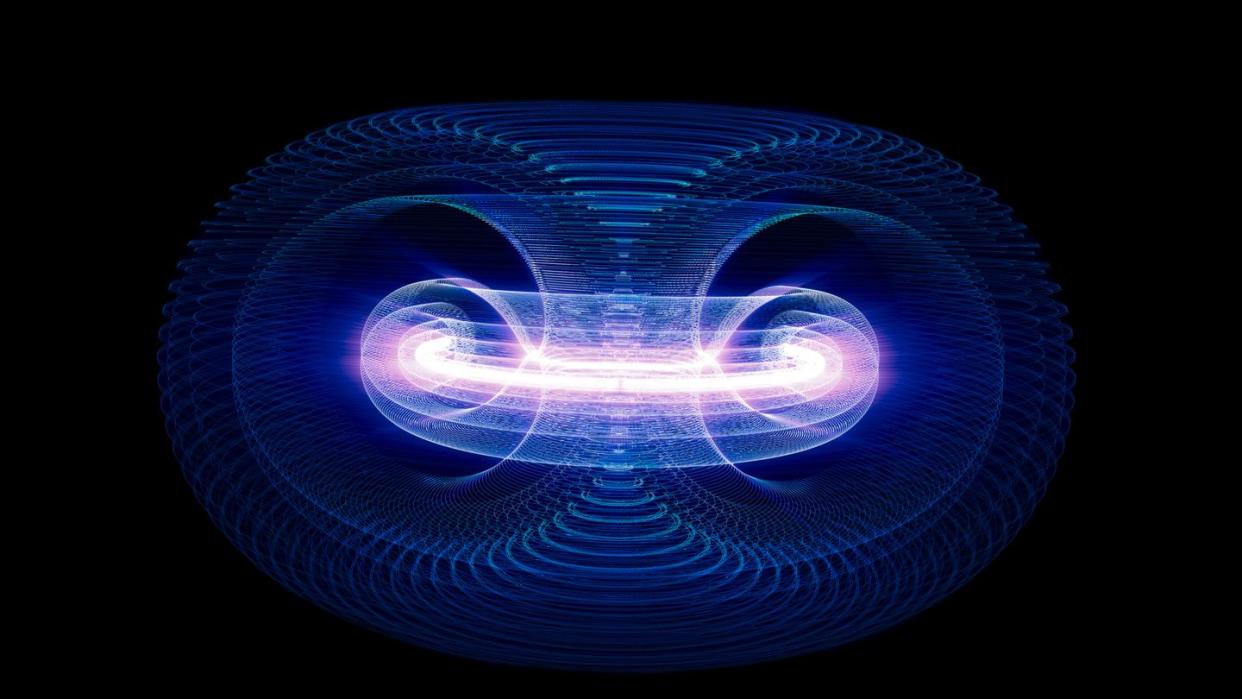An Engineer Says He’s Found a Way to Overcome Earth’s Gravity

Discovering a machine that could somehow produce thrust without releasing propellant would be a game-changer for human space travel. There’s just one problem—such a device would defy the laws of physics.
This limitation has not stopped people from investigating the possibility, and the latest addition to the propellant-less club is an electrostatic design developed by a former NASA engineer.
While the company behind the drive, Exodus Propulsion Technologies, says that the drive can achieve a thrust to counteract Earth’s gravity, such a claim still needs independent verification and a healthy dose of skepticism.
In 2001, British Electrical Engineer Roger Shawyer first introduced the “impossible drive,” known as the EmDrive. It was called “impossible” because its creator purported that the drive was reactionless, meaning no propellant required—in other words, it defied the known laws of physics (specifically, the conservation of momentum).
As with anything that appears to thumb its nose at Newton and Einstein, scientists raised more than a few eyebrows, and two decades of testing eventually boiled down to an inevitable (and somewhat predictable) conclusion in 2021: the EmDrive was bunk. But that’s the nature of the scientific method—take a seemingly impossible idea, put it through rigorous testing, and hopefully get to an unassailable conclusion (or new discoveries that lead in other directions). But the not-based-in-physics dream of a propellant-less machine didn’t die with the EmDrive. Now, a new challenger approaches, and this one has a former NASA scientist backing it up.
While at NASA, Charles Buhler helped establish the Electrostatics and Surface Physics Laboratory at Kennedy Space Center in Florida—a very important lab that basically ensures rockets don’t explode. Now, as co-founder of the space company Exodus Propulsion Technologies, Buhler told the website The Debrief that they’ve created a drive powered by a “New Force” outside our current known laws of physics, giving the propellant-less drive enough boost to overcome gravity.
“The most important message to convey to the public is that a major discovery occurred,” Buhler told The Debrief. “This discovery of a New Force is fundamental in that electric fields alone can generate a sustainable force onto an object and allow center-of-mass translation of said object without expelling mass.”
Buhler stressed that this work is unaffiliated with NASA, and that he recently presented his findings at the Alternative Propulsion Energy Conference (APEC), which is a club of engineers and enthusiasts eager to find ways to overcome the limitations of gravity and physics—and not always with the most scientifically sound methods.
In an interview with APEC’s co-founder Tim Ventura, Buhler explained how his background in electrostatics led to the discovery. He says his team—made up of people from NASA, Blue Origin, and the Air Force—investigated propellant-less drives for decades before arriving at electrostatics. For years, their devices produced negligible thrust, but saw increases with each new iteration. This culminated in 2023, when this “New Force”-powered drive generated enough thrust to overcome Earth’s gravity.
“Essentially, what we’ve discovered is that systems that contain an asymmetry in either electrostatic pressure or some kind of electrostatic divergent field can give a system of a center of mass a non-zero force component,” Buhler told The Debrief. “So, what that basically means is that there’s some underlying physics that can essentially place force on an object should those two constraints be met.”
Obviously Buhler’s claims are pretty “woah, if true,” but the history of propellant-less drives is filled with seemingly positive results that are eventually dashed upon the rocks of scientific reality. For the EmDrive, hopes for the device skyrocketed after NASA’s Eagleworks team, which is dedicated to investigating new forms of propulsion (i.e. warp drives), claimed to measure thrust from the “impossible” drive in 2016. However, subsequent studies—including an exhaustive (no pun intended) one at the Dresden University of Technology—found zero thrust.
Before any alternative propulsion enthusiasts should start popping corks, rigorous, third-party research will have to verify the results again and again. While it’s not impossible that Buhler et. al stumbled across some unknown quirk of physics, it’s an extremely unlikely outcome.
For now, let’s call it an “improbable engine.”
You Might Also Like
